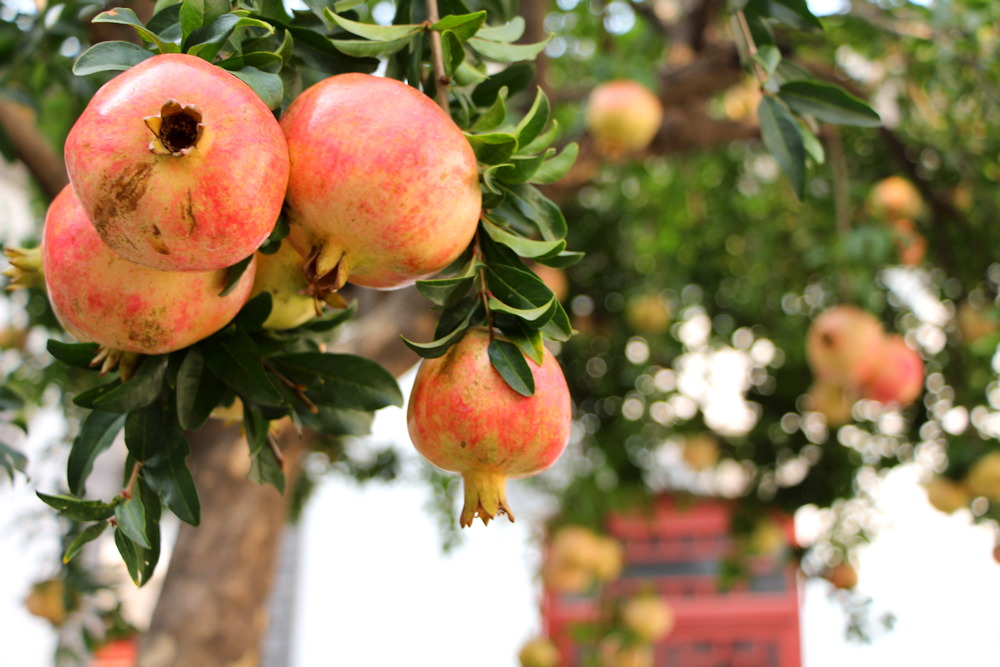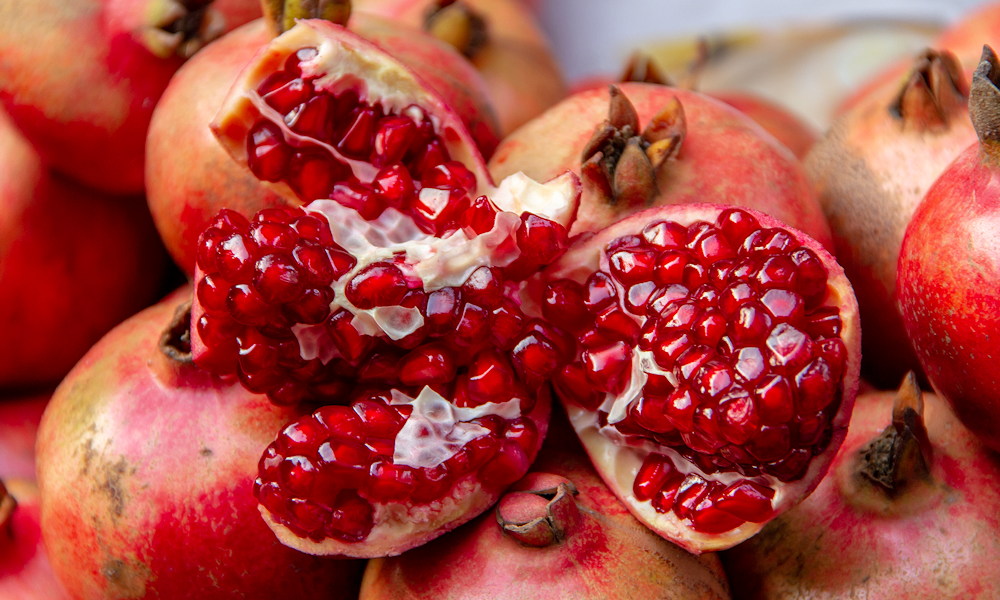Pomegranates have captured the fascination of gardeners for centuries, offering not only their delightful fruit but also a remarkable longevity that graces gardens with their presence for ages. In this article, we will delve into the world of pomegranates, from their propagation and growth to the joy of indulging in their juicy seeds. Join us as we explore the secrets of nurturing these southern treasures in your very own garden.
Pomegranate: A Timeless Garden Companion
The pomegranate (Punica granatum) is a small fruit-bearing bush that originates from East and South Asia. This captivating plant, reminiscent of the myrtle flower, has found its way to gardens across the globe, from Afghanistan and Iran to America and China. While its natural habitat spans a wide range the pomegranate has proven adaptable to various conditions, making it an ideal addition to many gardens.
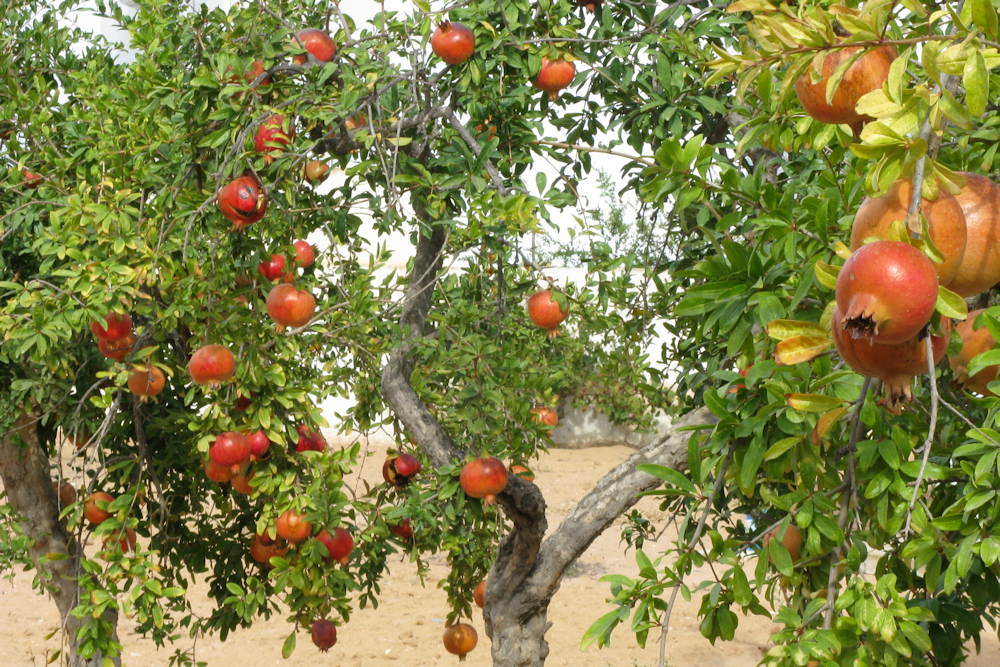
Planting and Growth
Creating the perfect home for your pomegranate is a rewarding endeavor. This sun-loving plant thrives when nestled in a sunny, south-facing spot within your garden. If space is limited, fear not, for pomegranates can also flourish in containers. As colder months approach, it’s crucial to protect your potted pomegranate by relocating it indoors to a bright or dimly lit room, maintaining a temperature range of 2-6 °C. To encourage healthy growth, consider pruning the branches before bringing it indoors.
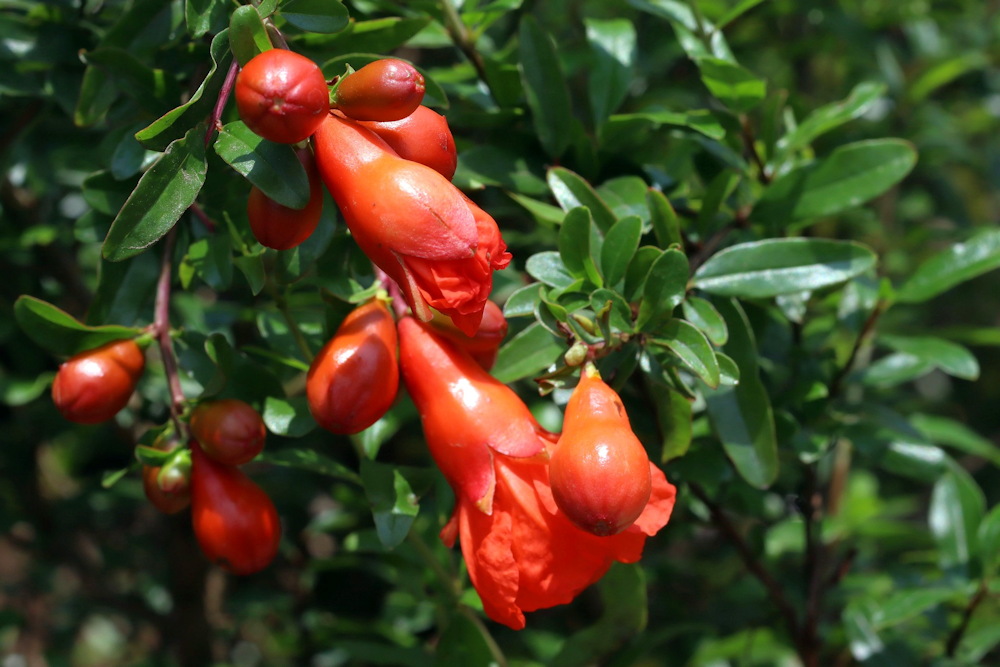
Blossoms of Scarlet Beauty
The pomegranate graces us with its scarlet blossoms from mid-July to the end of August. These vibrant flowers eventually give way to the iconic multi-seeded berries that lie within the garnet-red flesh. While double-flowered varieties offer aesthetic appeal, they do not bear fruit. Opt for single-flowered variations to experience the joy of harvesting these delightful gems.

Propagating the Pomegranate
Recreating the splendor of pomegranates in your garden is a straightforward task. Rooted cuttings can be separated from the parent plant during autumn and transplanted to a sheltered, sunny location. However, keep in mind that young pomegranate plants are sensitive to severe cold, necessitating protective measures such as fallen leaves and mowed grass around their base. Alternatively, summer provides an opportune time for propagating through cuttings.
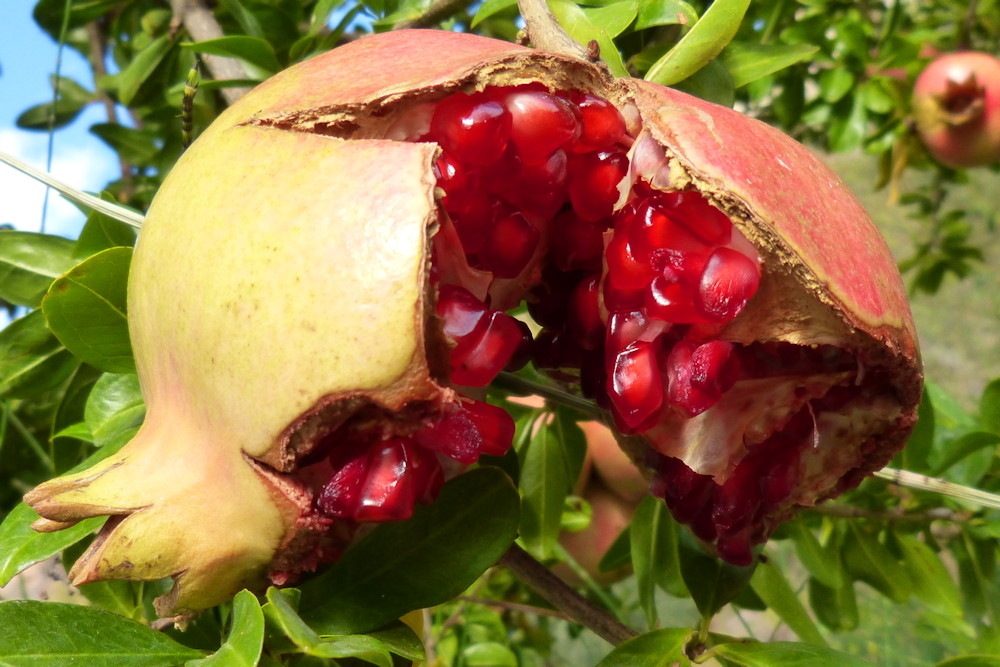
Varietal Delights
Pomegranate varieties come in diverse sizes, offering a range of options to suit your garden’s dimensions. The basic variety grows into a stately 2-3 meter tall bush, commanding attention with its presence. On the other hand, the dwarf pomegranate (Punica granatum ‘Nana’) stands at a modest height of 50-80 cm, presenting smaller leaves and fruit. While the “plain” pomegranate boasts edible fruit, the dwarf variety’s fruits are ornamental in nature.

Savoring the Harvest
Harvesting and consuming pomegranates is an experience of pure delight. When selecting pomegranates for consumption, opt for those with a firm, glossy skin, avoiding any signs of softness or denting. To enjoy the succulent seeds, begin by slicing off the top of the pomegranate with a sharp knife.
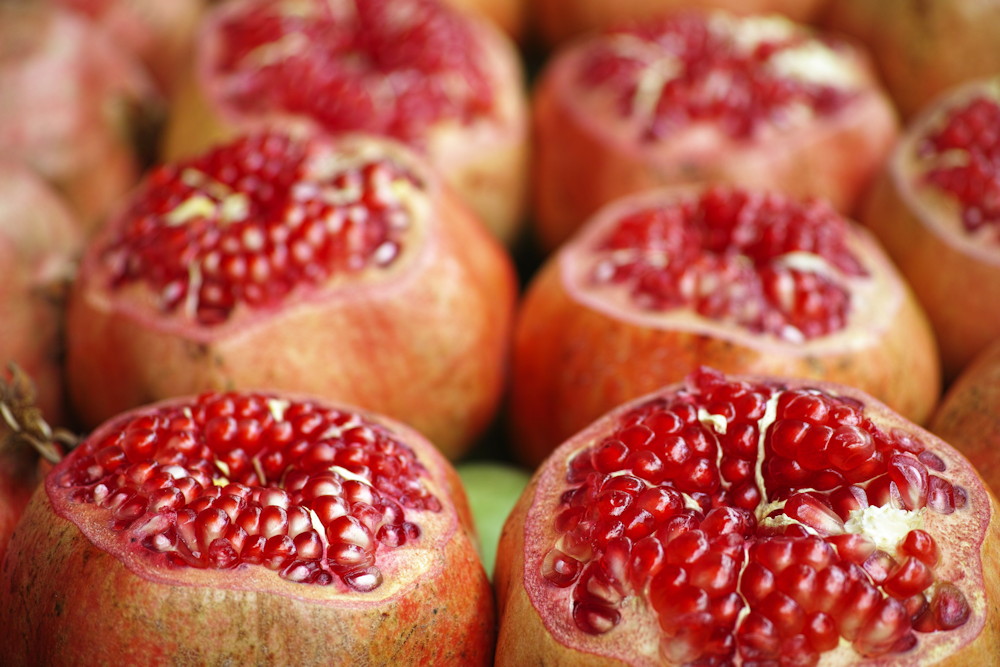
Following this, carefully cut along the membranes that house the seeds. Submerge the fruit in water for 4-5 minutes, allowing the seeds and their surrounding flesh to be easily extracted. Gently press out the seeds, which sink to the water’s bottom, while the membranes float to the surface and can be discarded. Strain the seeds and relish their natural goodness.
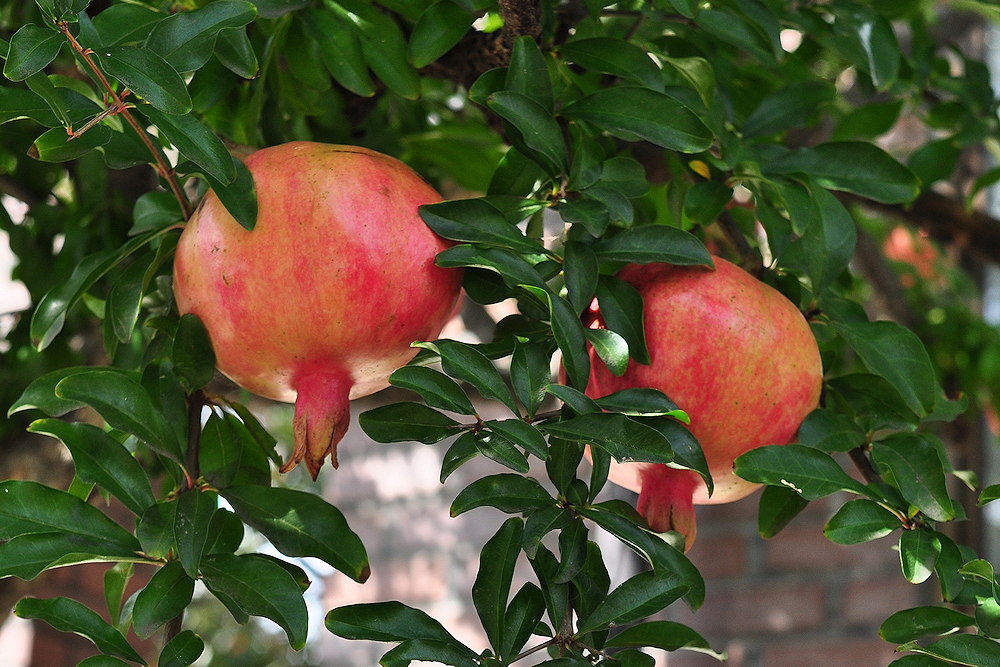
Beyond Fresh Delights
The versatility of pomegranates extends beyond their fresh consumption. Indulge in their richness by savoring their juice, adding them to yogurt or muesli, or using them to adorn a variety of dishes. While incorporating pomegranates into your culinary creations, remember that they shine best as a finishing touch. Avoid cooking them; instead, use them as a vibrant garnish to elevate your dishes to new heights.
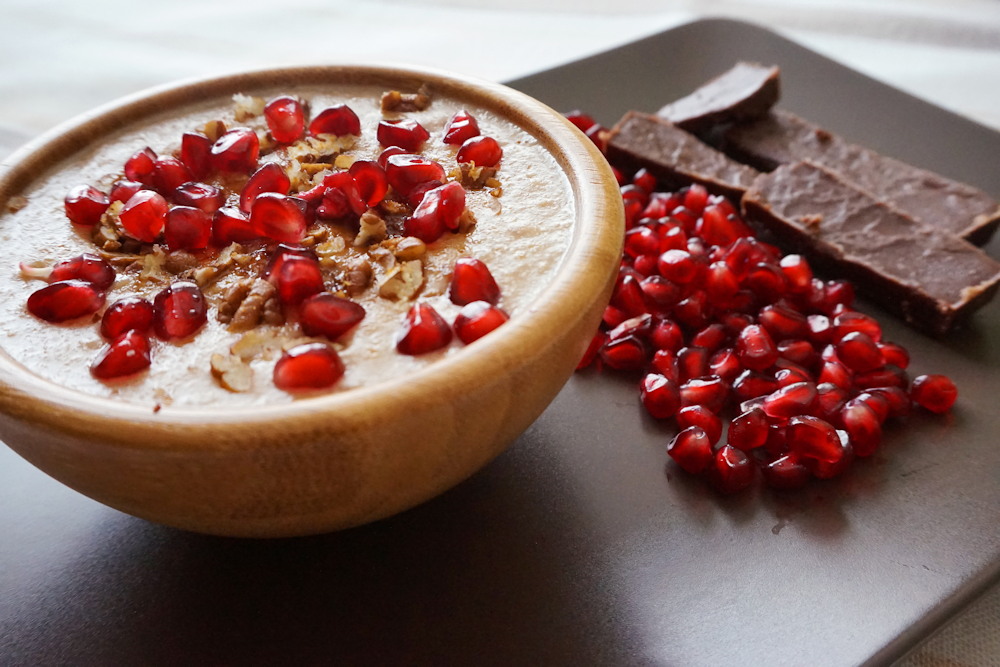
Conclusion
Pomegranates, with their enduring charm and delectable fruit, have earned their place as a treasured addition to any garden. From their centuries-old legacy to their captivating growth process and versatile consumption, these fruits offer a world of exploration for both novice and experienced gardeners alike. Embark on the journey of cultivating your own pomegranates, and relish the sweet rewards they bring to your garden and table alike.
